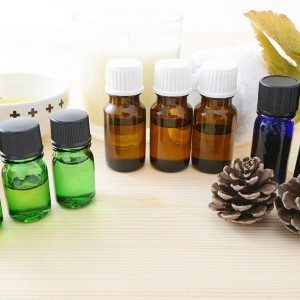A Free Resource
A fantastic free resource, available here and on You Tube: ‘The Chemistry of Essential Oils C390 as taught by Dr. Robert S. Pappas at Indiana University. This is the first half of the of the full semester course focusing on the chemical components most important in essential oil chemistry and how to classify them based on Dr. Ps seven basic chemical classes of molecules found in EOs. The second half of the course focuses more on the whole oils and is not yet available. It is recommended that you view the Basic Organic Chemistry Primer playlist (https://www.youtube.com/playlist?list=PLW8zVD5h7caJzaCkVP… ) before taking this course which was designed for college chemistry majors.’
My Training
As part of my two year long Diploma course training I studied basic molecular chemistry, the chemistry of essential oils and essential oil science – all of which are fundamental to a trained aromatherapist in order that we can blend successfully and, most importantly, safely, for our clients. Many people think of essential oils as simply nice smells to put into their treatment oils – whereas in fact they are highly complex chemicals which need to be treated with the greatest care and respect.
The Difference of Treatment with a Qualified Aromatherapist
I have studied extensively in order to safely create individual and often unique blends with over 100 essential oils. These essential oils have distinct and scientifically quantifiable properties e.g. antibacterial, anti-inflammatory, rubefacient etc, which can make them highly effective in treatment but also dangerous if used without prior knowledge of their safety cautions. Whenever you are having a real aromatherapy treatment it is so important to ensure that you have a qualified and fully-insured aromatherapist, for a safe as well as an effective and wonderful treatment. As such a therapist I have to be aware of, not only all the safety protocols for the essential oils; but also safe blending percentages; the effects of different oils when used in combination (e.g. combining Grapefruit and Lemon, both of which are phototoxic and can result in severe sunburn if blended incorrectly); the effect of different extraction processes on safety measures (e.g. Bergamot is safe if distilled or highly phototoxic if expressed); the effect of essential oils in combination with prescribed and alternative medications, and naturally with the individual clients themselves (e.g. skin sensitivities etc).

